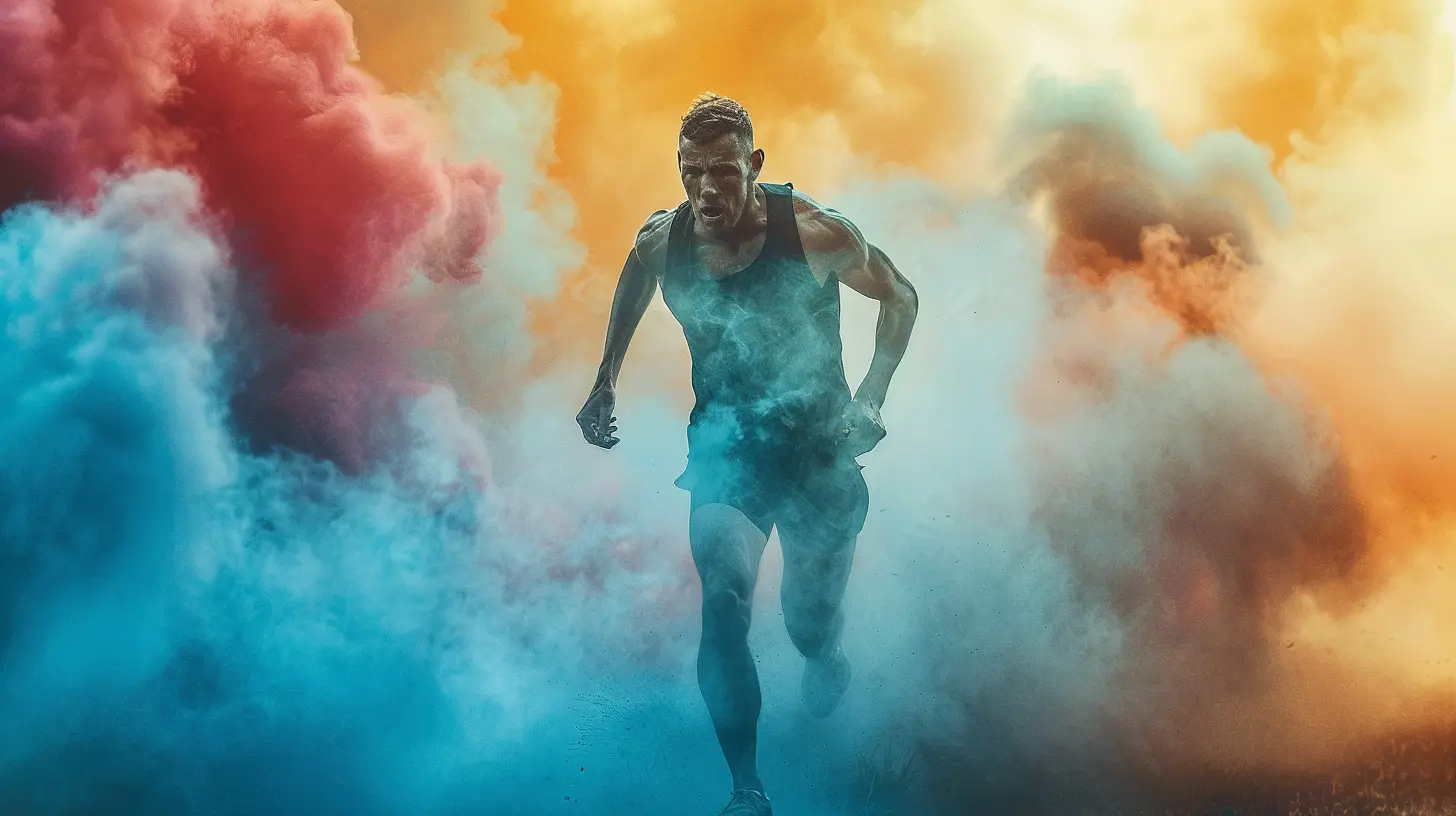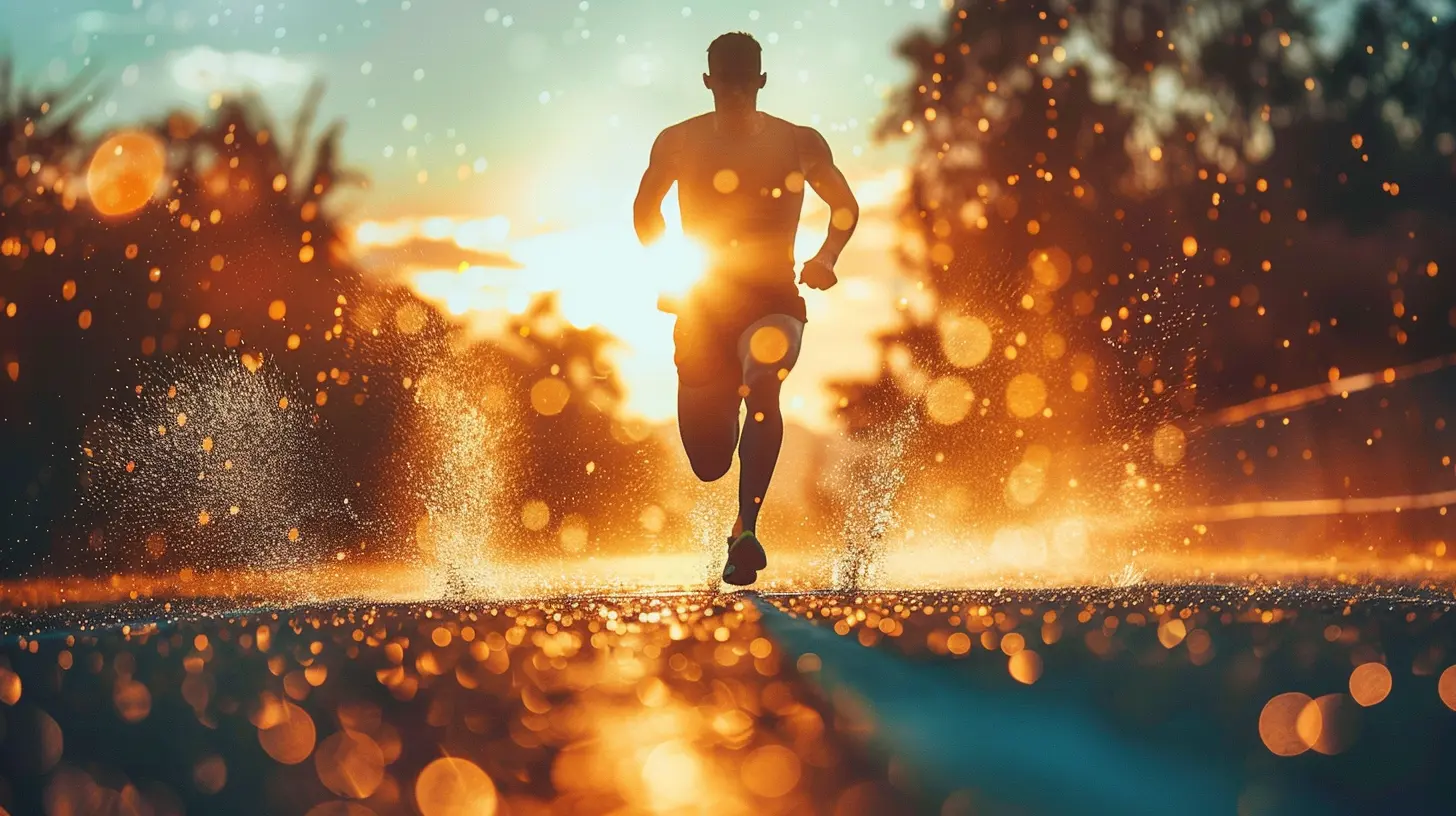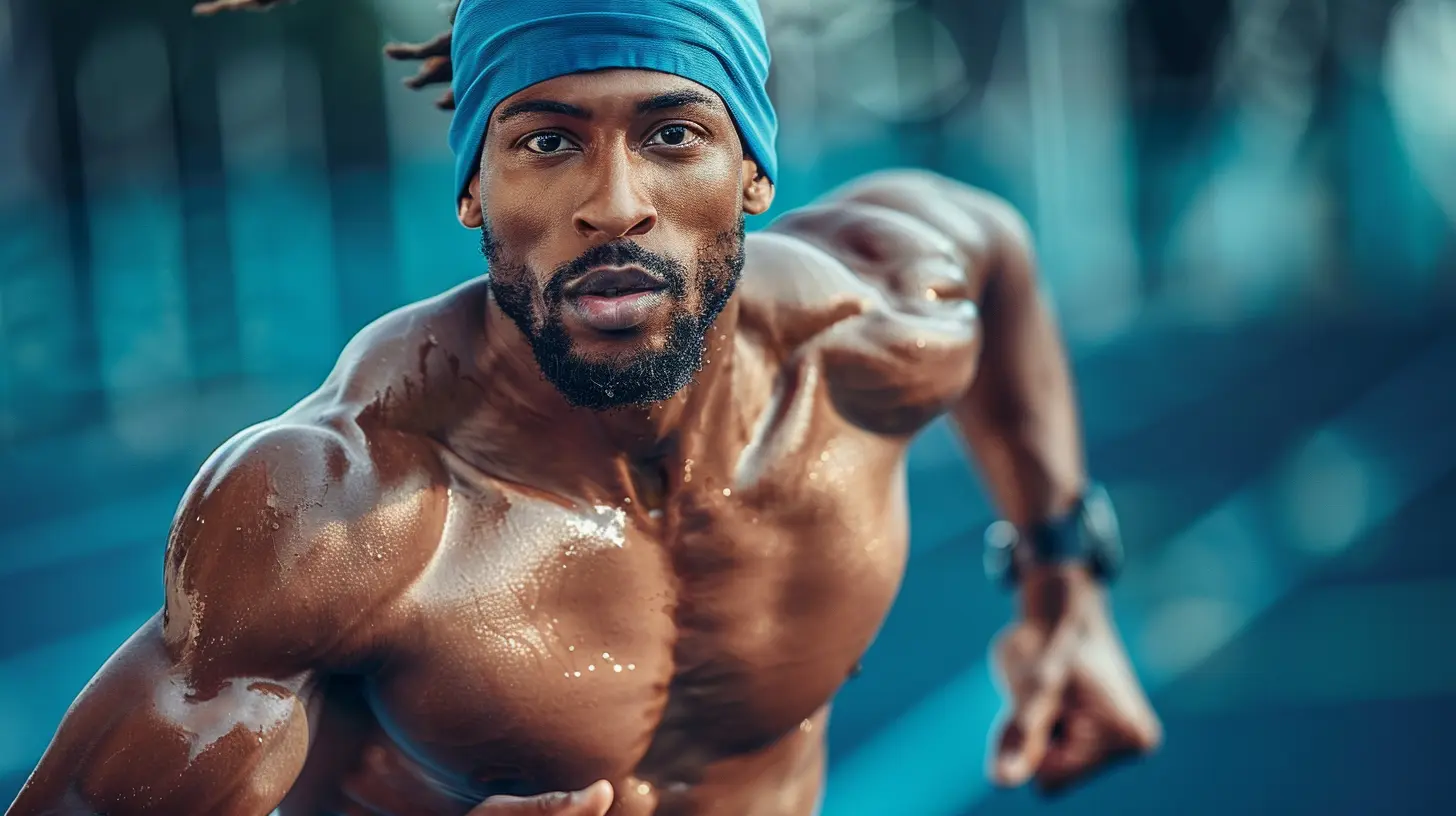VO2 Max and Athletic Performance: What Every Athlete Needs to Know
24 May 2025
When it comes to athletic performance, there’s one metric that often separates the elite from the average—VO2 max. You’ve probably heard the term thrown around by coaches, trainers, or sports scientists, but do you know what it really means? More importantly, do you know how to improve it?
In this article, we’ll break down everything you need to know about VO2 max, why it matters, and how you can boost yours to gain a competitive edge. 
What Is VO2 Max?
Simply put, VO2 max (Maximal Oxygen Uptake) is the maximum amount of oxygen your body can use during intense exercise. It’s often considered the gold standard for measuring cardiovascular fitness and endurance.Think of your body like a car. The higher your VO2 max, the bigger your engine. A bigger engine allows you to go faster and longer without running out of gas. That’s why elite endurance athletes, like marathon runners and cyclists, always aim to maximize this number. 
Why Does VO2 Max Matter for Athletes?
If you’re serious about sports, whether it’s running, swimming, cycling, or even soccer, VO2 max plays a crucial role in your performance. Here’s why:1. Better Endurance
A high VO2 max means your body can deliver more oxygen to your muscles, delaying fatigue and allowing you to push harder for longer.2. Faster Recovery
The more efficiently your body processes oxygen, the quicker your muscles can recover after intense exercise. This means shorter rest periods and more effective training sessions.3. Improved Overall Performance
For endurance-based sports, a higher VO2 max can be the difference between finishing in first place or falling behind competitors.But here’s the thing—VO2 max isn’t just for elite athletes. Whether you're a weekend warrior or training for your first 5K, improving your VO2 max can make a noticeable difference in your fitness level. 
How Is VO2 Max Measured?
There are a few ways to measure VO2 max, some more accurate (and expensive) than others.1. Laboratory Test (Most Accurate Method)
Sports scientists use a VO2 max test performed on a treadmill or stationary bike while hooked up to an oxygen mask. The test measures how much oxygen you’re consuming as the intensity of exercise increases.2. Field Tests (More Practical)
If you don’t have access to a lab, you can estimate your VO2 max with these methods:- The Cooper Test – Run as far as possible in 12 minutes, then use an online calculator to estimate your VO2 max.
- The Rockport Walking Test – Walk a mile as fast as possible and calculate your score based on heart rate and time.
- Wearable Tech – Some smartwatches (like Garmin or Apple Watch) estimate VO2 max based on your heart rate and activity levels.
While wearable metrics aren’t as accurate as lab tests, they can still give you a solid baseline. 
Factors That Influence Your VO2 Max
Not everyone starts at the same level, and several factors play into how high your VO2 max can go.1. Genetics
Let’s face it—some people are born with a natural advantage. Genetics determine about 20-50% of your VO2 max, meaning some athletes may hit higher numbers with less training.2. Age
As you get older, your VO2 max gradually declines. However, regular training can slow this decline significantly.3. Training
This is where you have the most control. The right training plan can dramatically improve your VO2 max over time. More on that in a bit.4. Altitude
Training at higher altitudes forces your body to adapt to lower oxygen levels, which can improve your VO2 max when you return to sea level.5. Body Composition
Carrying excess body fat can lower your VO2 max because extra weight makes movement less efficient. Maintaining a leaner body composition can improve your score.How to Improve Your VO2 Max
Now the big question—how do you actually increase your VO2 max?1. High-Intensity Interval Training (HIIT)
HIIT combines short bursts of intense exercise with recovery periods, forcing your body to process oxygen more efficiently.Try this:
- Sprint for 30 seconds
- Walk or jog for 1 minute
- Repeat for 15-20 minutes
This type of training pushes your VO2 max to new heights faster than steady-state cardio.
2. Endurance Training
Long runs, swims, or bike rides at a moderate pace help build your aerobic base, which can indirectly improve your VO2 max over time.3. Incorporate Threshold Training
Lactate threshold training (running or cycling at a pace where your muscles start burning) helps your body become more efficient at using oxygen.Example: Run at a challenging but sustainable pace for 20-30 minutes. This improves your ability to perform at higher intensities before fatigue kicks in.
4. Strength Training
Lifting weights might not seem like a VO2 max booster, but a stronger body moves more efficiently, reducing energy waste and improving endurance.Focus on compound movements like squats, deadlifts, and lunges.
5. Improve Your Breathing
Your lungs play a crucial role in oxygen uptake. Practice diaphragmatic breathing (deep belly breathing) to increase lung capacity and efficiency.6. Optimize Your Nutrition
Eating the right foods can support oxygen delivery. Focus on:- Iron-rich foods (spinach, red meat) help transport oxygen in the blood.
- Nitrate-rich foods (beets, leafy greens) enhance oxygen efficiency.
- Hydration keeps the blood flowing smoothly, ensuring oxygen gets where it’s needed.
7. Sleep & Recovery
Don’t underestimate rest. Your body adapts and improves VO2 max while you sleep, so aim for 7-9 hours of quality rest per night.What’s a Good VO2 Max Score?
VO2 max is measured in milliliters of oxygen per kilogram of body weight per minute (ml/kg/min). Here are average scores:| Age | Male (ml/kg/min) | Female (ml/kg/min) |
|------|----------------|----------------|
| 20-29 | 42–52 | 33–42 |
| 30-39 | 41–49 | 30–39 |
| 40-49 | 38–48 | 28–37 |
| 50-59 | 35–45 | 26–35 |
| 60+ | 30–40 | 22–33 |
Elite endurance athletes often have VO2 max levels above 60 ml/kg/min, with some topping 80 ml/kg/min!
Final Thoughts
VO2 max might seem like a complicated number, but when it comes down to it, it’s all about your body’s ability to use oxygen efficiently. Whether you're running marathons, cycling long distances, or just trying to improve overall fitness, boosting your VO2 max can make a massive difference.Start incorporating VO2 max-improving workouts, focus on good nutrition, and give your body time to recover. Over time, you’ll notice better endurance, faster recovery, and overall improved performance.
So, what’s your VO2 max goal? Time to start training and level up your fitness!
all images in this post were generated using AI tools
Category:
Sports ScienceAuthor:

Frankie Bailey
Discussion
rate this article
3 comments
Mandy McMahan
Great article on the importance of VO2 max in athletic performance! Your insights on training strategies and the science behind it provide valuable knowledge for athletes at all levels. I appreciate how you emphasized practical applications for enhancing performance. Looking forward to more informative posts like this!
May 30, 2025 at 2:34 AM

Frankie Bailey
Thank you for your kind words! I'm glad you found the article helpful and informative. Stay tuned for more insights!
Lilith Horne
VO2 Max? Sounds like a fancy coffee order! Just remember, whether you're sprinting or just running late, every drop of oxygen counts!
May 28, 2025 at 12:31 PM

Frankie Bailey
Haha, great analogy! VO2 max is indeed crucial for performance, as it measures how efficiently your body uses oxygen. Every breath does count!
Ramona McGlynn
This article on VO2 Max is fascinating! It's intriguing how this metric influences athletic performance. I wonder how different training regimens can optimize VO2 Max. Excited to learn more about its practical applications for all athletes!
May 25, 2025 at 7:39 PM

Frankie Bailey
Thank you for your interest! Different training regimens, like interval training and endurance workouts, can significantly optimize VO2 Max. Stay tuned for more insights on practical applications for athletes!



